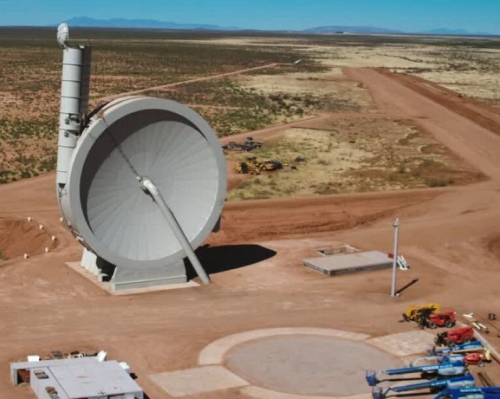Hans Zimmer – Pirates Of The Caribbean Medley
An evening pause: Performed live in Prague 2017.
Hat tip Alton Blevins.
I am in need for evening pause suggestions. If you are interested in suggesting an evening pause, please say so in the comments (without providing a link to that suggestion). I will contact you so you can forward it directly to me to schedule. The guidelines for submitting Evening Pauses:
1. The subject line should say “evening pause.”
2. Don’t send more than three in any email. I prefer however if you send them one email at a time.
3. Variety! Don’t send me five from the same artist. I can only use one. Pick your favorite and send that.
4. Live performance preferred.
5. Quirky technology, humor, and short entertaining films also work.
6. Search BtB first to make sure your suggestion hasn’t already been posted.
7. I might not respond immediately, as I schedule these in a bunch.
8. Avoid the politics of the day. The pause is a break from such discussion.



